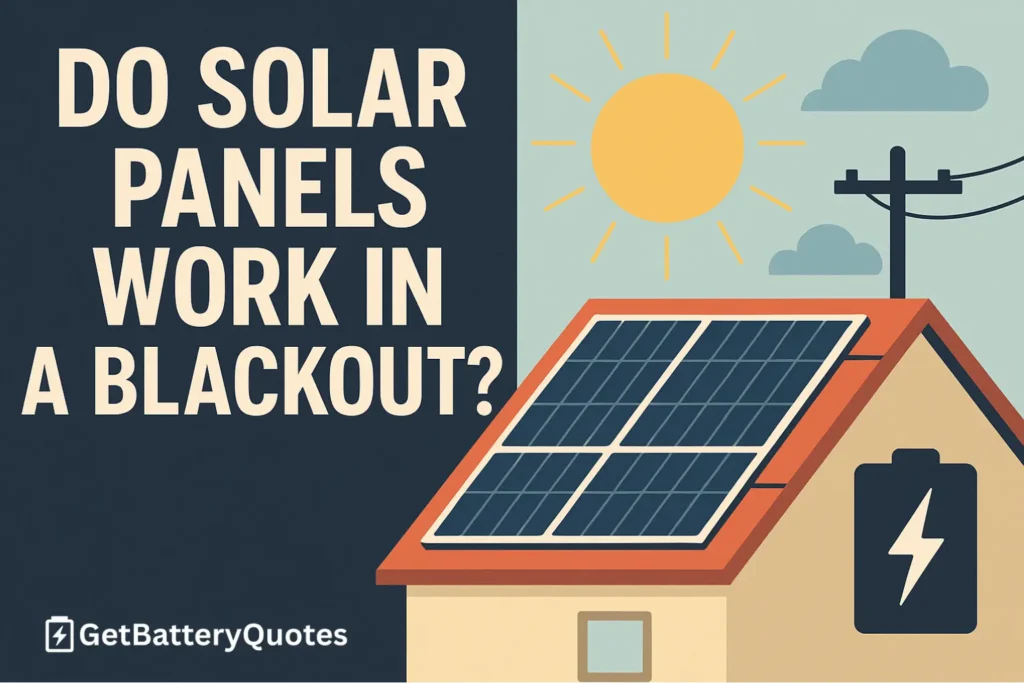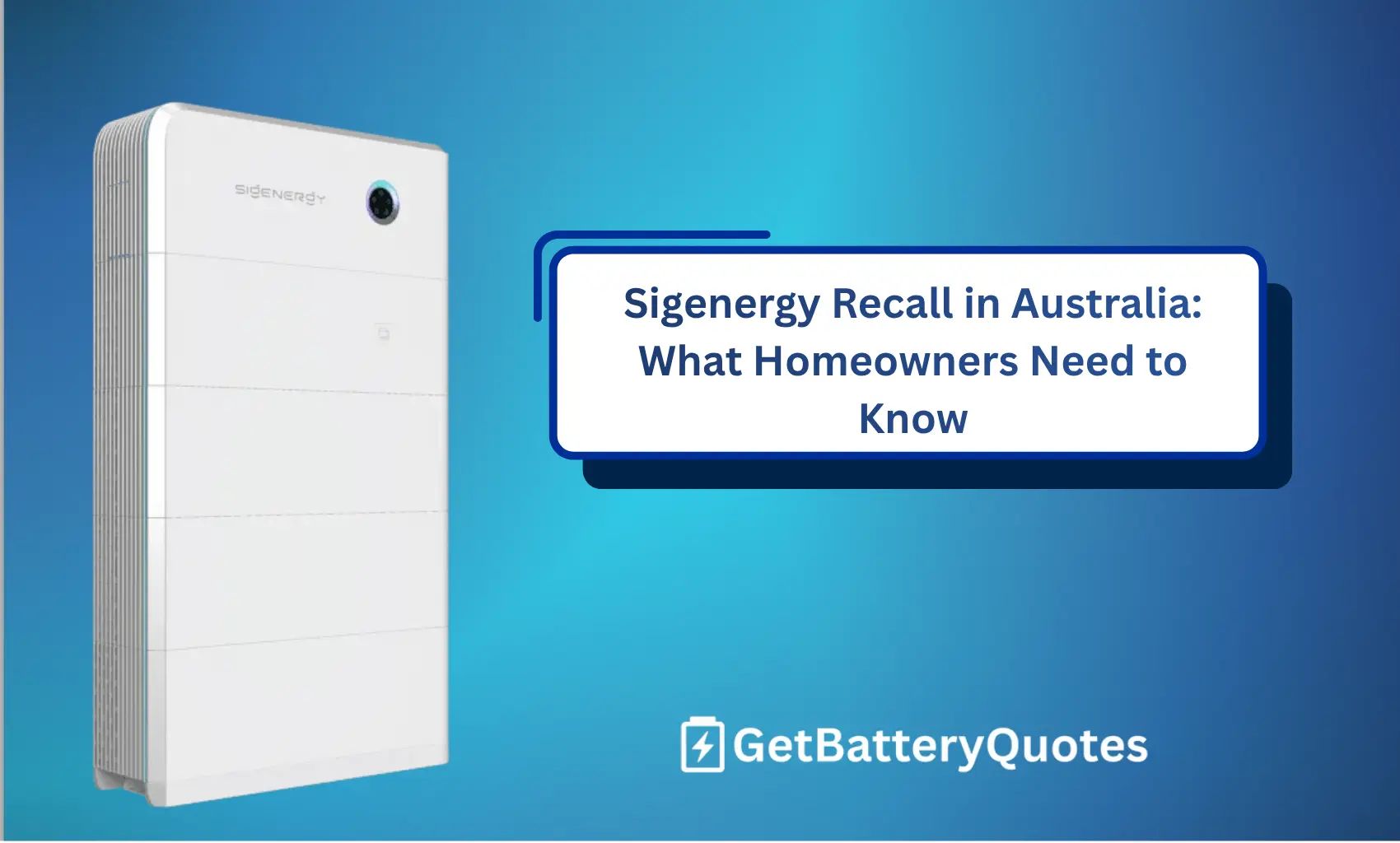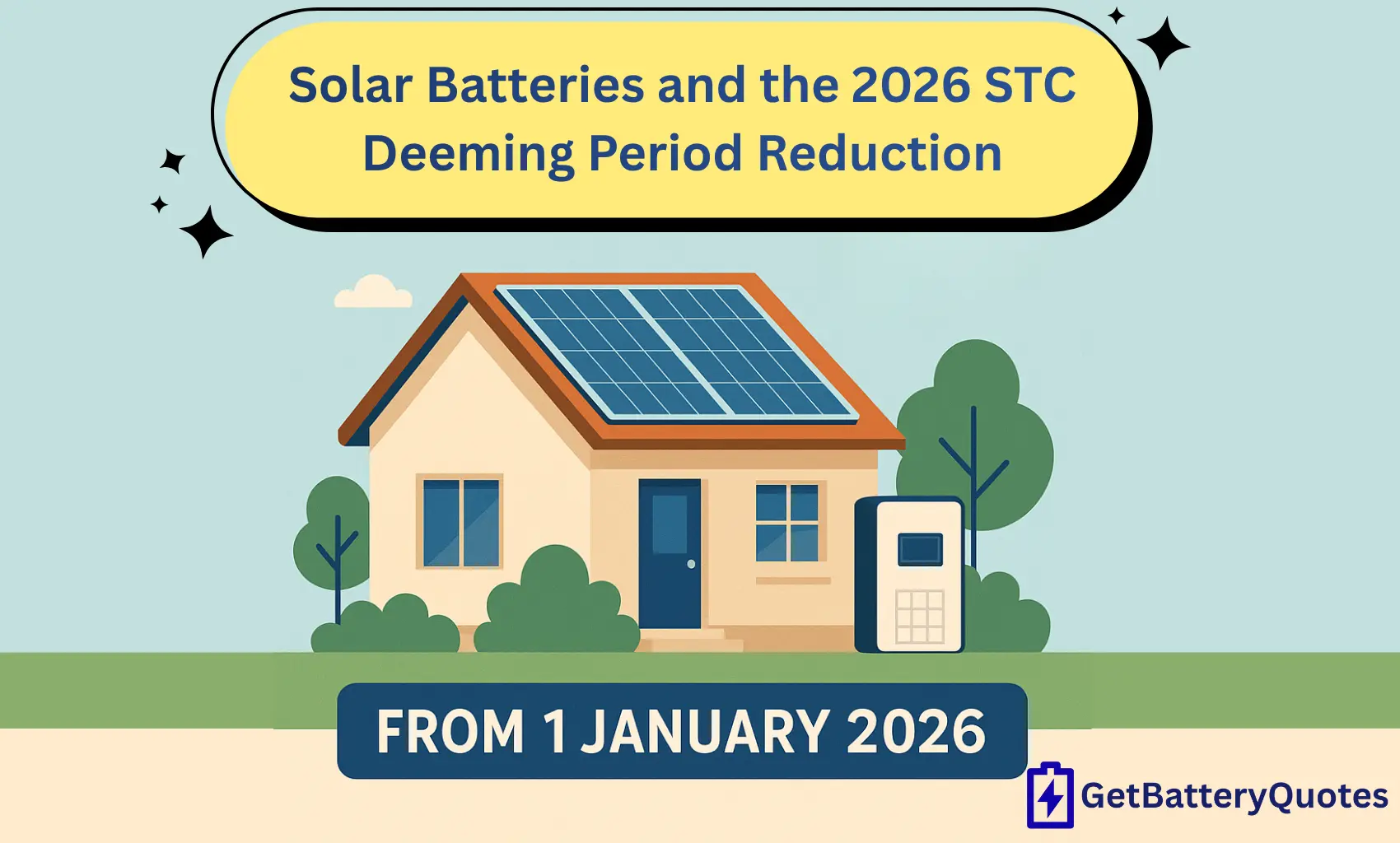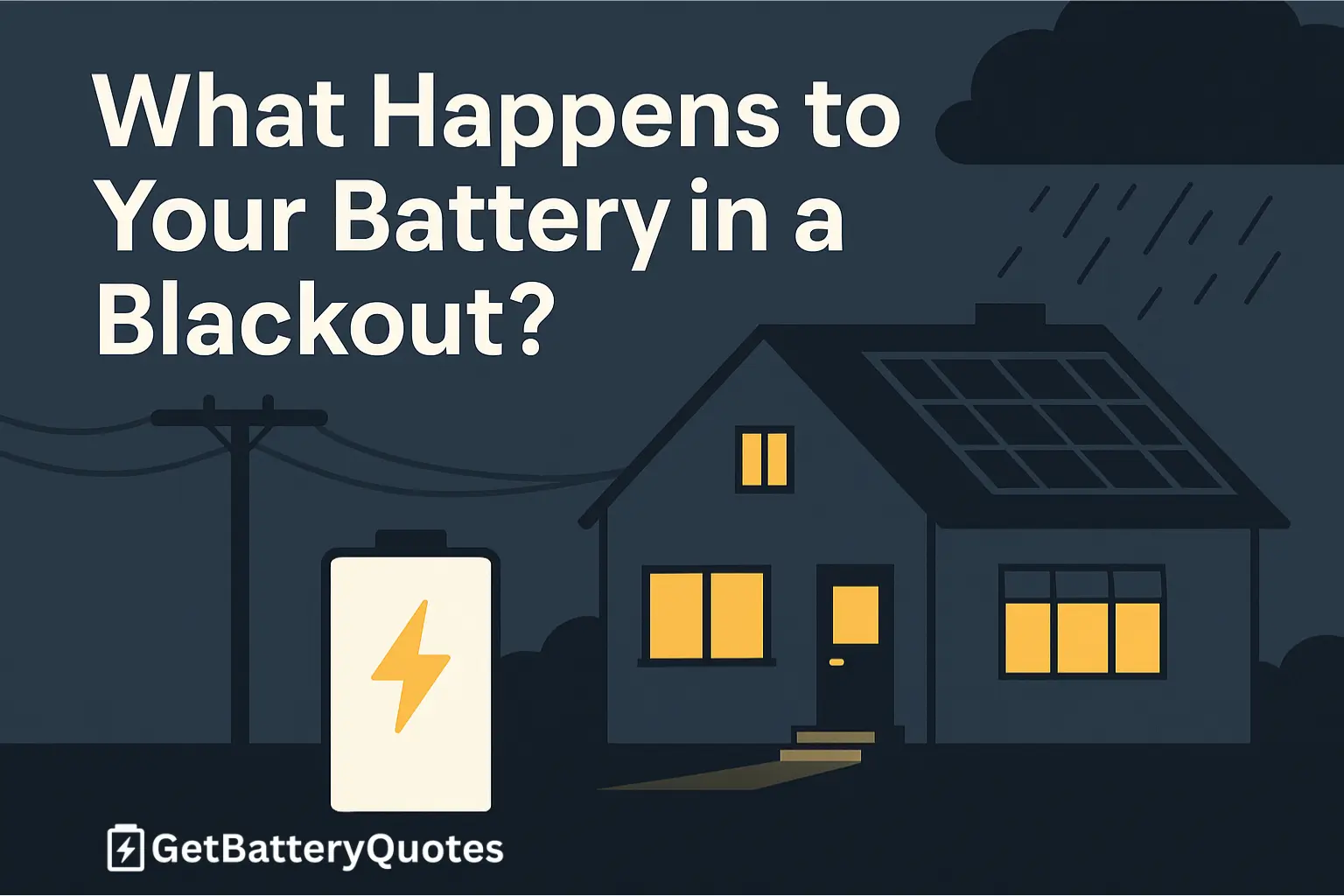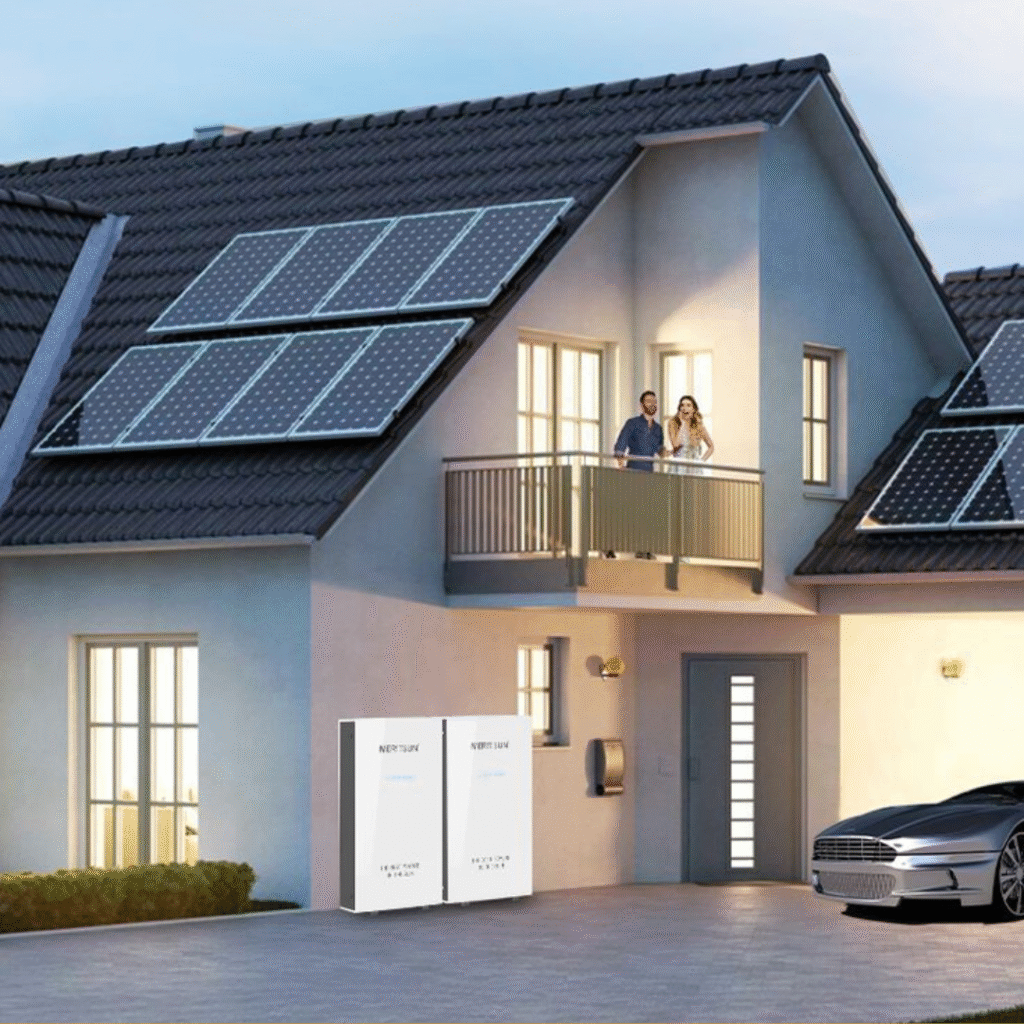If you’ve invested in solar panels, it’s natural to assume they’ll keep generating electricity when the grid goes down. After all, the sun is still shining. But the reality often surprises homeowners: most solar systems shut off during a blackout. Here’s why that happens, and what you need to know before choosing a solar and battery package.
Why Solar Panels Shut Off in a Blackout
When the grid loses power, your solar inverter is required by law to shut down. This is due to a safety feature known as anti-islanding.
- Anti-islanding ensures that no electricity from your solar system flows back into the grid while lines are being repaired.
- Without it, utility workers could face serious electrocution risks when fixing faults.
- As a result, even if your panels are in full sun, they won’t generate usable electricity for your home during an outage unless you have the right setup.
How to Keep Using Solar Power in a Blackout
To keep your solar panels running when the grid is down, you need two things:
- 1. A solar battery to store the energy.
- 2. A backup gateway or smart switch that safely disconnects your home from the grid.
This combination allows your panels to continue charging the battery during the day, while the battery powers your selected appliances until grid supply is restored.
DC-Coupled vs AC-Coupled Systems
Not all battery systems behave the same way during a blackout:
- DC-coupled systems (such as Sungrow or GoodWe) manage both solar and battery through the same hybrid inverter. This setup is usually more efficient and allows your solar panels to keep charging the battery during an outage.
- AC-coupled systems (such as Tesla Powerwall) have a separate battery inverter. They can still provide backup, but in many cases your solar panels won’t recharge the battery during a blackout.
Quick Comparison
| Feature | DC-Coupled Battery | AC-Coupled Battery |
|---|---|---|
| How it connects | Solar and battery share one hybrid inverter | Battery has its own inverter, separate from solar |
| Efficiency | Higher (fewer energy conversions) | Slightly lower (extra conversions) |
| Solar charging in blackout | Yes – panels can recharge battery | Often No – panels switch off once the battery runs flat |
| Common examples | Sungrow SBR, GoodWe Lynx, BYD HVM/HVS | Tesla Powerwall, Enphase IQ Battery |
| Cost | Usually lower upfront (with hybrid inverter) | Often higher upfront but easier retrofit |
Watch Out for “Too Good to Be True” Offers
In 2025, we’ve seen a rise in low-cost battery packages advertised with bold claims. Many of these are AC-coupled systems offered at a discount. The catch? While they might provide short-term backup, your solar panels won’t keep generating in a blackout. That means once the battery runs flat, you’re in the dark until grid power returns. It’s an easy detail to overlook but it makes a huge difference to real-world performance.
How Much Power Will You Have?
If your system is set up correctly with backup:
- 10kWh battery: Enough for essentials like the fridge, lights, Wi-Fi, and a few power points.
- 20kWh battery: The new sweet spot in 2025, covering most households through the night.
- 25–30kWh or larger: Better suited for all-electric homes with EV charging, heat pumps, and ducted air conditioning.
Final Thoughts
Solar panels on their own will not work in a blackout. To stay powered, you need a battery with backup capability and ideally a system designed to let your panels keep charging during an outage.Be cautious of offers that seem too cheap: many are AC-coupled systems that leave your solar panels idle when you need them most. In 2025, rebates have made DC-coupled and hybrid solutions more affordable, so it’s worth investing in a setup that delivers genuine blackout protection. ✅ Next step: Explore our Battery Reviews Australia 2025 to see which models perform best in blackouts, or get up to 3 quotes from local installers to find the right backup solution for your home.
Get Upto 3 Quotes

